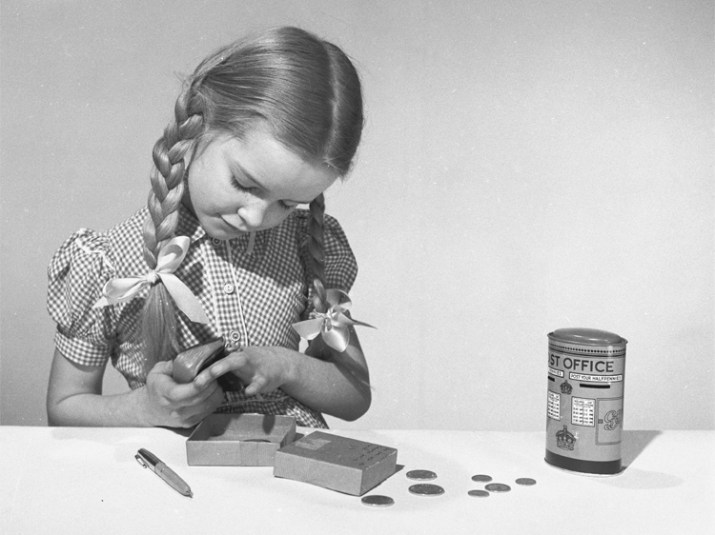5 Tips for Teaching Your Kids About Money

Given how important financial skills are to navigating life, it’s surprising that our schools don’t do more to teach children about money. As a parent, however, you can teach your child important financial lessons — and you should! Here are some activities you could try with your children.
1. Brainstorm ways to save and collect money.
Your child may be too young for an official “job,” but that doesn’t mean he or she is too young for other entrepreneurial endeavors. Help your child brainstorm different ways to save and collect money, such as raking a neighbor’s leaves, babysitting, or collecting and returning specific recyclable items. There are even side hustles you can do with your kids to make extra money.
2. Create a budgeting challenge with envelopes.
You may be familiar with envelope budgeting for your own money, but this can also be beneficial for children. Here’s how it works: With your child, choose a few categories for saving and budgeting, such as short-term savings, long-term savings, and spending on everyday items. Get an envelope for each category and write the category name on the front. For fun, your child can draw pictures on the envelopes of what he or she wants to buy with the money. For example, the short-term savings container might have a picture of a specific toy, while the long-term container might have a picture of a trip to Disneyland. You may also want to help your child understand that some items will take longer than others to save for.
Decide how much money will go into each account when your child receives money (either through an allowance, gifts, or paid work). Then, have your child put in the budgeted amount of cash, which they are free to then decide how to spend. Once your child runs out of cash in an envelope, they have met their budget for that pay period and are unable to spend any more in that category until the next pay period. Creating a challenge encourages your kids to ask themselves important questions: How much can I save? What will I have to give up? Is it worth it?
3. Open a savings account.
Once the “long-term savings” envelope reaches a certain dollar amount (you can agree upon this amount with your child beforehand), it’s time to open an official saving account and deposit it into the bank. Some banks and credit unions offer kid-friendly features, such as online games, rewards for getting good grades, and other perks.
4. Practice donating.
Have your children practice donating something to a family in need before getting something new. Have them clean out their toys, books, and clothes, and donate used items before they can get new items.
5. Teach your child about compound interest.
This is an important concept to understand, so it’s best to teach our children about this at a young age. Compound interest is when you earn interest on both the money you save and the interest you earn. For instance, say you set aside $100 every year and assume the account earns five percent every year. If you begin saving that $100 a year at age 35, you’d have about $7,000 at age 65. However, if you started saving at age 14, you’d have roughly $23,000 by age 65 — and that’s a huge difference!
This post was written by Tia Ross, a best-selling author and national speaker, and Kris Miller, a legacy wealth strategist. Ross and Miller are activists for women’s financial rights and founders of Legacy Shifters, a company through which they empower women to secure and protect their families’ financial realities.
Speaking of being frugal, check out the video below to see an artist fit a 12-course meal in a tin can.
More From FIRST
Kids Earn an Insane Amount of Money During Their Childhoods — But Where Is It All Going?













